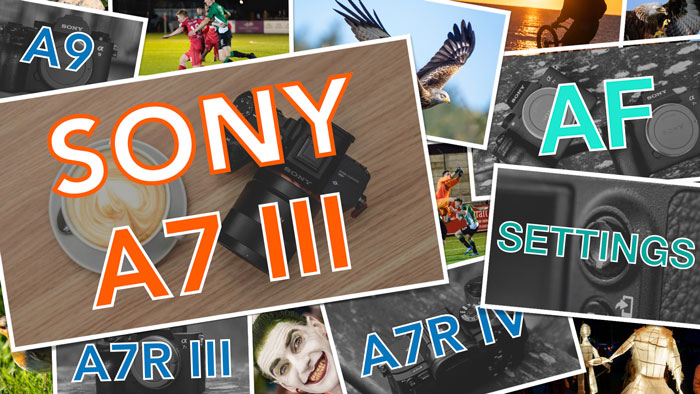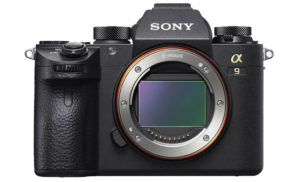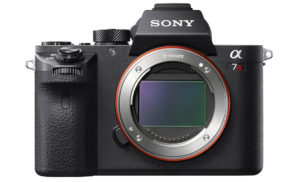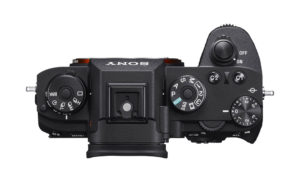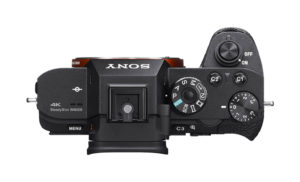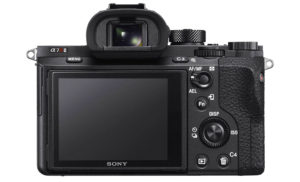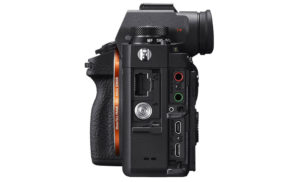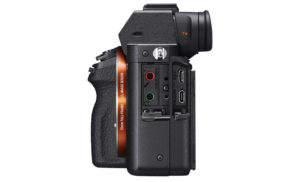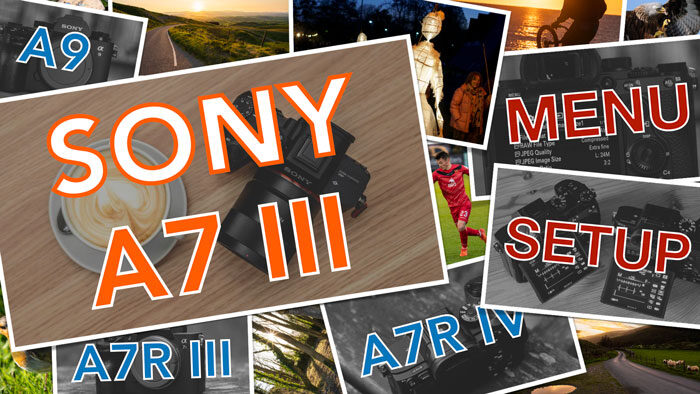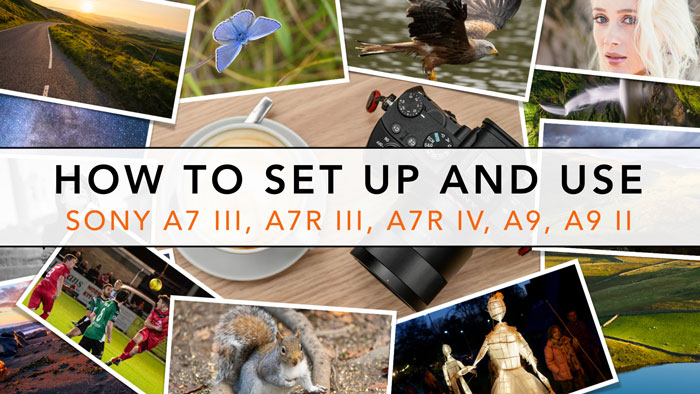In a very short time, Sony went from being a promising yet relatively inexperienced manufacturer of digital cameras to a serious competitor on the digital imaging market. In fact, just recently Sony outclassed Nikon to become the second best seller of full-frame cameras in the US. This was a significant step forward for a brand that only became serious about digital photography 11 years ago.
One of the most successful models, the one that everybody has been talking about for the past two years, is the A7r mark II with its stunning 42MP BSI sensor, reliable hybrid autofocus and excellent 4K video. If we try to summarise why Sony has been so successful, one reason above any other comes to mind: the brand excels in terms of image quality for stills and video. It is a fact that they produce the best sensors on the market not only for themselves but for many competitors as well. And while we can criticise the ergonomics and ease of use of their products, the flexibility of the E-mount allows customers to use it with almost any lens they want, which is an advantage that can’t be ignored.
Now, three and half years after the release of the original A7 in October 2013, we meet the A9, the first model in Sony’s third generation of full-frame mirrorless cameras. Three generations in less than four years is impressive to say the least. The A9 is the culmination of everything Sony knows, as well as everything Sony has learned since the launch of the original A7 model. It raises the bar high and clearly targets professional and sports photographers.
Sony wants to become number 1 on the full-frame market. Can the A9 be the answer?
Well of course, it is too soon to say, but we can start by comparing the new flagship mirrorless camera to the ex-flagship A7r mark II to see what the key differences are.
Sony A9 comparison previews:
A9 vs A7 mark II – A9 vs A7 mark II – A9 vs A7s mark II – A9 vs A99 mark II
Ethics statement: The information supplied in this article is based on the official specifications, the press release found on the Sony website and our personal experience with the A7 series. If we get the chance to test the two cameras side-by-side, we will publish a full comparison. We were not asked to write anything about these cameras, nor were we provided any compensation of any kind. Within the article, there are affiliate links. If you decided to buy something after clicking the link, we will receive a small commission. To know more about our ethics, you can visit our full disclosure page. Thank you!
1. Sensor
The first difference concerns the number of pixels. Specifically, the A7r II has more resolution – 42.4 MP versus 24.2 MP found on the A9. However, it is more than just megapixels that sets the two sensors apart.
The A9 employs an Exmor RS stacked sensor. This technology – a first for the 35mm format and originally introduced on the RX100 and RX10 mark II series – uses an integral memory chip behind the back illuminated structure to process more data at the same time. As a result this new sensor – combined with the Hi-Speed signal processing circuit and the new BIONZ X image engine – is 20x faster according to Sony. This increases the performance of the A9 in many ways including faster readout and continuous shooting speeds (more on this below).
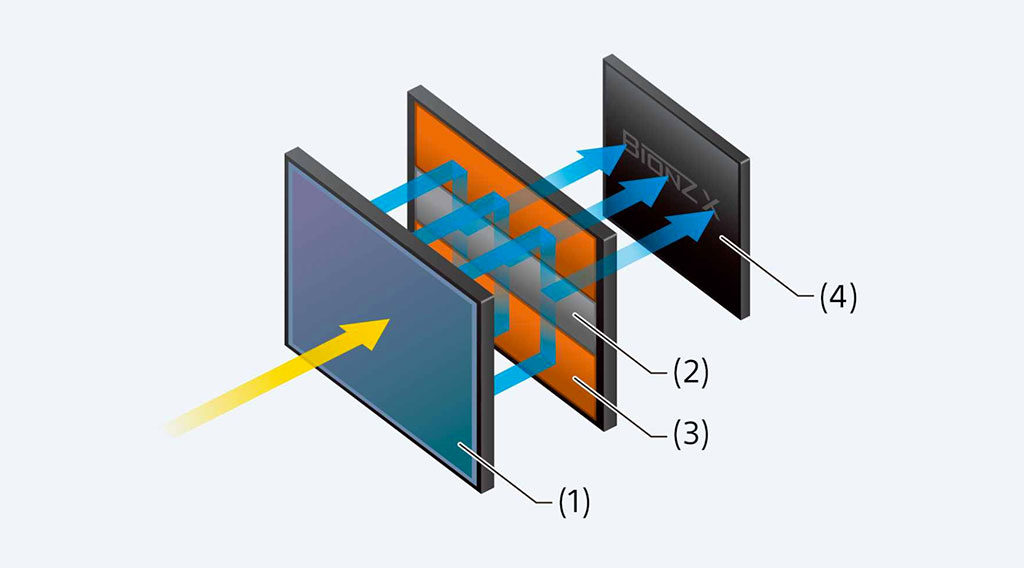
(1) Pixel area
(2) Integral memory
(3) Hi-speed signal processing circuit
(4) Image processing engine
The A7r mark II employs a BSI (back illuminated) sensor that allows the camera to gather more light than tradition CMOS chips. It has been rated the best 35mm format sensor by many publications.
As for the sensitivity, the A9 has a native ISO range of 100 to 51200 plus extended values: pull 50, push 102400 and 204800 ISO.
The A7r II goes from 100 to 25600 with pull 50, push 51200 and 102400 ISO. In our personal experience with the A7r II, we found that the camera delivers excellent results up to 6400 and acceptable images up to 12800 despite the large number of megapixels. Given the lower resolution of the A9, it wouldn’t be surprising if the new camera performs better also thanks to the new BIONZ X image processor that promises less noise.
Both cameras can shoot compressed or uncompressed RAW (14-bit).
2. Electronic shutter
The stacked memory found on the A9’s new sensor allows the camera to process data 20 times faster. This gives it several advantages, one of them being the electronic shutter. Sony has finally managed to exploit this technology to its full potential.
Not only can you shoot in complete silence but unlike the A7r II, the electronic shutter of the A9 also allows you to increase the shutter speed up to 1/32000s (the maximum with the mechanical shutter is 1/8000s on both cameras). The continuous shooting speed goes up to 20fps with full sized RAW images and AF/AE Tracking.
The new sensor of the A9 employs anti-distortion shutter technology that should minimise rolling shutter. Sony is clearly advertising the camera for sports and action, and states that the distortion should be minimal. Of course, this has yet to be tested in real world situations but it will surely be better than the A7r II, which suffers from rolling shutter for both stills and video when fast movements are involved.
Note: curious to know more about electronic shutters? Then read our in-depth article here.

Note: both cameras feature a first electronic curtain shutter option as well.
3. Continuous shooting and buffer
We’ve already mentioned that the A9 can shoot up to 20fps with the electronic shutter but there is also a Mid setting at 10fps and a Low setting at 5fps. Note that with A-mount lenses, the maximum speed available is 10fps.
One important thing to highlight about the continuous shooting mode is that it works in real time with the EVF and LCD screen: this means no blackouts and a real “live view” of your scene rather than seeing the last image taken. This is a significant step forward over the A7r II whose fastest 5fps mode doesn’t work with live view.
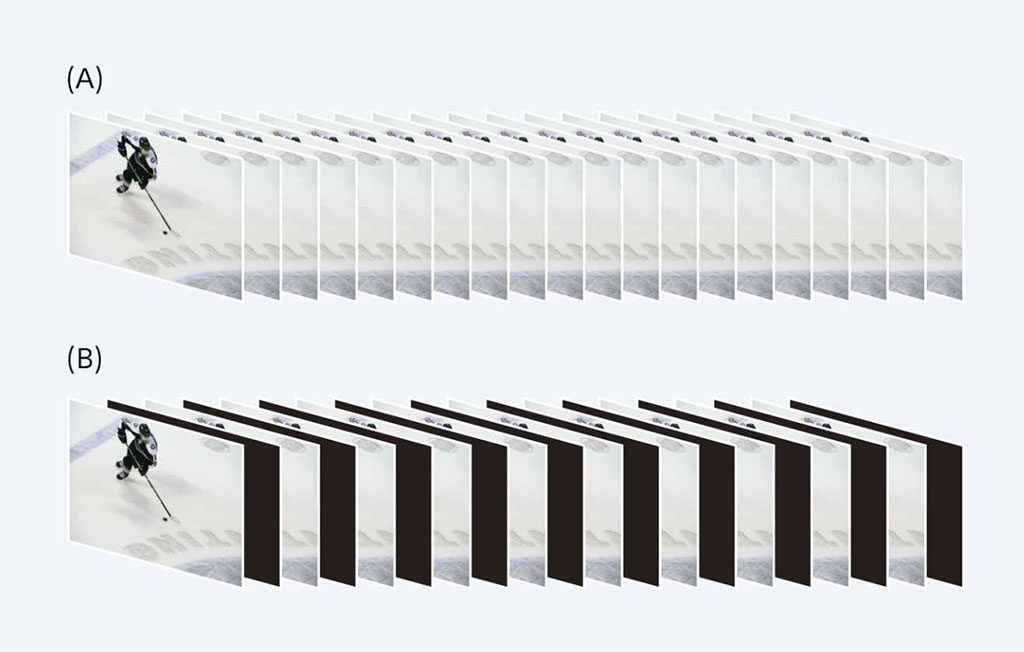
(B) Shooting with blackout
What about the mechanical shutter? Here the speed doesn’t change in comparison to the A7r mark II: the maximum available is 5fps. As stated above the A7r II doesn’t increase the speed with the electronic shutter. You can choose between High (5fps) and 2.5 fps (Low) and both speeds work with continuous AF.
The A9 has better buffer capabilities thanks to its stacked sensor technology: it can save up to 362 JPGs (X.Fine or Fine quality) or 241 RAW images (compressed). The A7r II can only manage 30 JPGs (Fine quality) or 23 compressed RAW files.
4. Autofocus
Both cameras feature a hybrid autofocus system with contrast and phase detection. The latter allows the use of Sony A-mount and third party DSLR lenses via compatible adapters. As you can imagine, however, there are important differences here as well.
First we have the number of autofocus points: the A9 features an impressive 693 phase detection points that cover 93% of the sensor’s surface. The A9 AF system is said to operate 25% faster than the A7r II with a calculation speed of 60 times per second which should significantly improve the speed and reliability of the AF system for fast moving subjects. The AF locking speed is also 25% faster.

The A7r II has 399 phase detection points that cover 45% of the sensor.
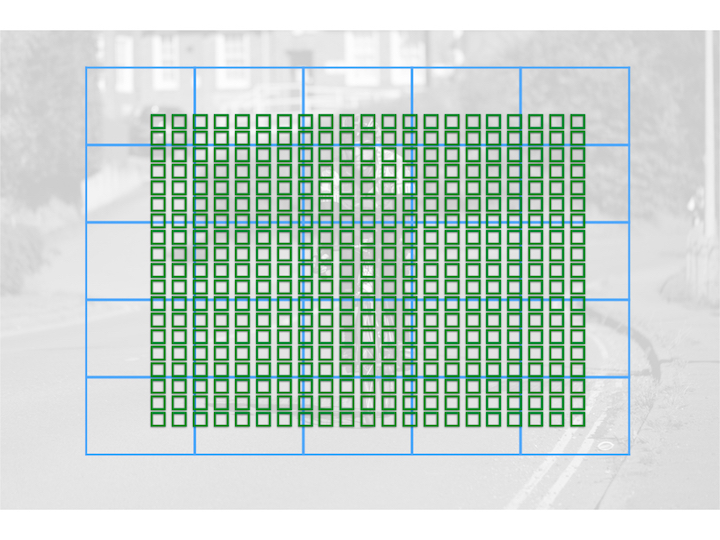
Then we have the minimum focus sensitivity range that starts at -3Ev on the A9 and -2Ev on the A7r II. The new camera should therefore do better in low light.
The A9 also comes with an enhanced Eye AF mode that should be 30% more efficient than the A7r II and should prove more reliable when the face moves or turns to the side.
Finally the A9 has a new Focus Area registration function that allows you to memorise and recall frequently used focus area settings with a custom button. This allows you to instantly switch to another AF area from the one that is currently used (for example from Wide to Centre).
5. Image stabilisation (5-axis)
Both cameras feature in-body image stabilisation with 5 axis correction: Yaw, Pitch, Roll, X and Y. The system works with all E-mount lenses that feature electronic contacts and is effective for stills and video. With OSS lenses, the optical stabilisation is combined with the sensor shift.
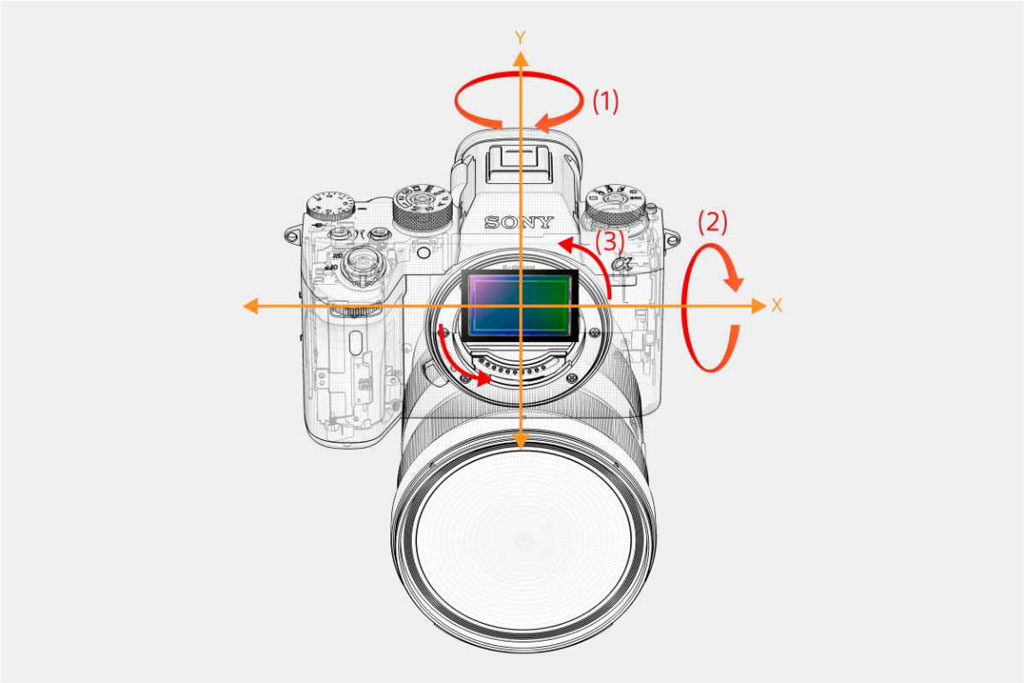
The difference between the two cameras is that the A9 has a 5-stop compensation rating by CIPA standards versus the 4.5 stop rating of the A7r mark II. This means that the new camera should have a half-stop advantage but of course this remains to be seen.
6. Video capabilities
Both cameras can record in 4K up to 30fps and 100mbps with the XAVC S codec.
The A9 uses 20MP on the sensor (6K equivalent) with full pixel readout and downscales to 4K which gives the footage more detail. (It’s the same process used on the a6300/a6500.) This is done without any sensor crop in 24p and 25p so you can take advantage of the original angle of view of your full frame lenses. Apparently at 30p there is a slightly crop of the sensor (source: EOSHD). The sensitivity is excellent for video as well with a native ISO range of 100 to 51200 and an extended option of 102400.
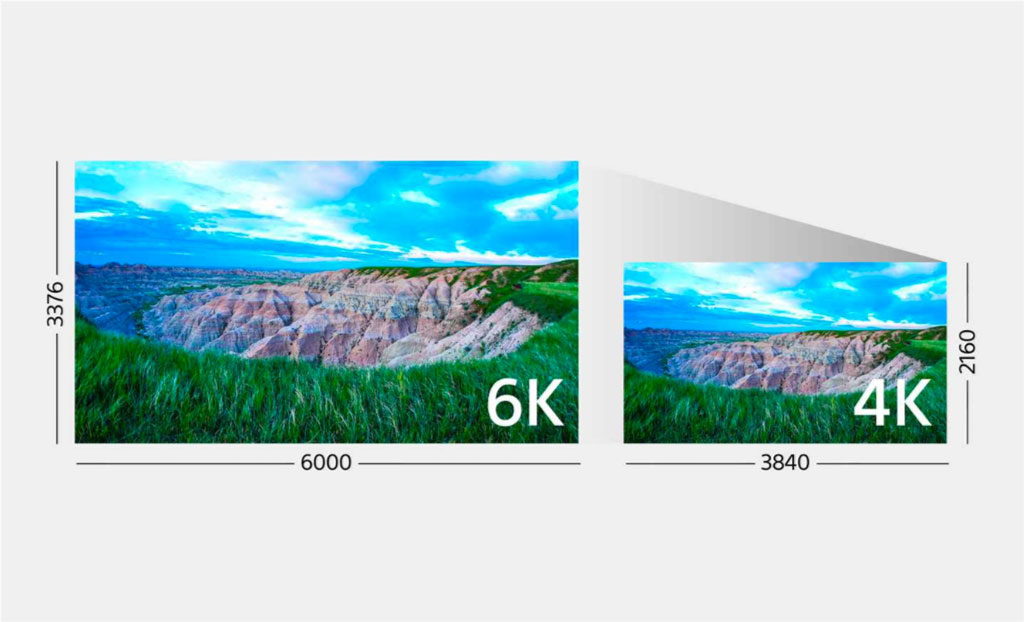
Because of its high resolution sensor, the A7r mark II records the best quality in 4K when using the Super35/APS-C mode where you get a 1.5 sensor crop. The camera uses 15MP which is then downscaled to 4K. Of course you can also record in 35mm format but the quality decreases past ISO 800 because of the higher megapixel count and line skipping. The sensitive range goes from 100 to 25600 ISO.
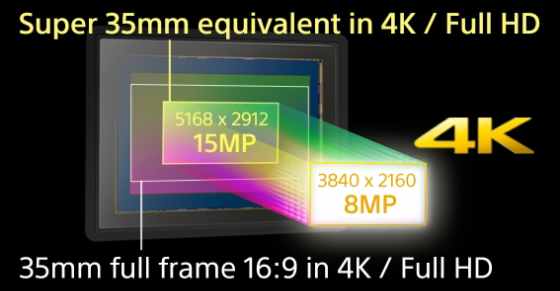
The A9 has better slow motion capabilities and can record Full HD / 1080p up to 120fps. It features the S&Q mode (Slow and Quick motion) with selectable frame rates from 1fps to 120fps and there is no sensor crop either. The A7r II can record up to 60fps in 1080p and 120fps in 720p. It doesn’t have any Quick mode.
Then comes a difference in favour of the A7r II: for some reason Sony decided to exclude the Picture Profiles and S-Log modes on the new camera. The excuse seems to be that this camera aims at professional still shooters but it is nevertheless a shame knowing that Sony has included Picture Profiles on most of its full-frame and APS-C products so far.
The A9 comes with an improved autofocus for video as well. The AF area used is now nearly the same as the one available for stills and the speed can be tweaked for better slow focus transitions.
7. Viewfinder and rear monitor
Both cameras feature a 0.5-inch type electronic viewfinder with Zeiss T* coating to reduce reflections and 0.78x magnfication.
The A9 features an impressive high resolution Quad VGA OLED panel with 3686k dots and the refresh rate goes up to 120fps (but drops to 60fps during continuous shooting). The A7r mark II EVF has a 2360k dot OLED panel and goes up to a maximum of 60fps. The eye sensor that allows you to switch automatically from the LCD to the viewfinder is said to be faster.

Concerning the rear screen, they both have a tilting mechanism (up 107°, down 41°) but we find important differences here too. First the resolution of the LCD on the A9 is higher (1440k vs 1228k dots) but more importantly, the monitor on the new camera is touch sensitive. It can be used to move the focus point with the same options found on the a6500.
8. Body and design
From the outside, the two cameras look very similar. The A9 is slightly heavier (673g vs 625g) but the dimensions remain more or less the same. They are dust and moisture resistant. The grip on the A9 is slightly deeper which should prove more comfortable with larger lenses. There also appears to be a stronger metal mount on the A9 as it features 6 screws instead of 4.
Then we have several changes concerning the button layout. On top, the main shooting mode dial now has three positions for the memory recalls and one for the S&Q movie mode (the SCN and Panorama modes are gone). On the left there is a new addition: a stacked dial to select the drive and focus modes. These two top dials have an unlock/lock button at the centre. Note that the buttons on the A9 are more embossed for a better tactile feel.
On the rear, we can spot an AF Joystick on the A9, as well as a redesigned control wheel. One Custom button (C3) has been moved to the left near the Menu button. There is no AF/MF/AEL lever anymore but separate buttons for AF-ON and AEL that I am sure are customisable. Finally the movie recording button looks larger and is now found close to the EVF on the right which looks like a more comfortable position.
9. Interface, memory card slot and menu system
The A9 introduces new connectors like the LAN/Ethernet port and flash sync port. We also find a Multi/Micro USB 2.0 port, a Micro HDMI with 4:2:2 8-bit output, a Mic input and a headphone output (3.5mm). The camera has NFC, Wifi and Bluetooth capabilities as well. (The last option can be used for geotagging.)
The A7r mark II lacks the LAN and Flash Sync ports and doesn’t feature bluetooth.
Then we have the one feature that will make many enthusiast and professional photographers very happy: the A9 comes with a dual SD card slot and the first one supports UHS-II cards. We can also notice an unlock switch to open the SD card compartment.
The A7r II has only one slot and it is UHS-I compatible.
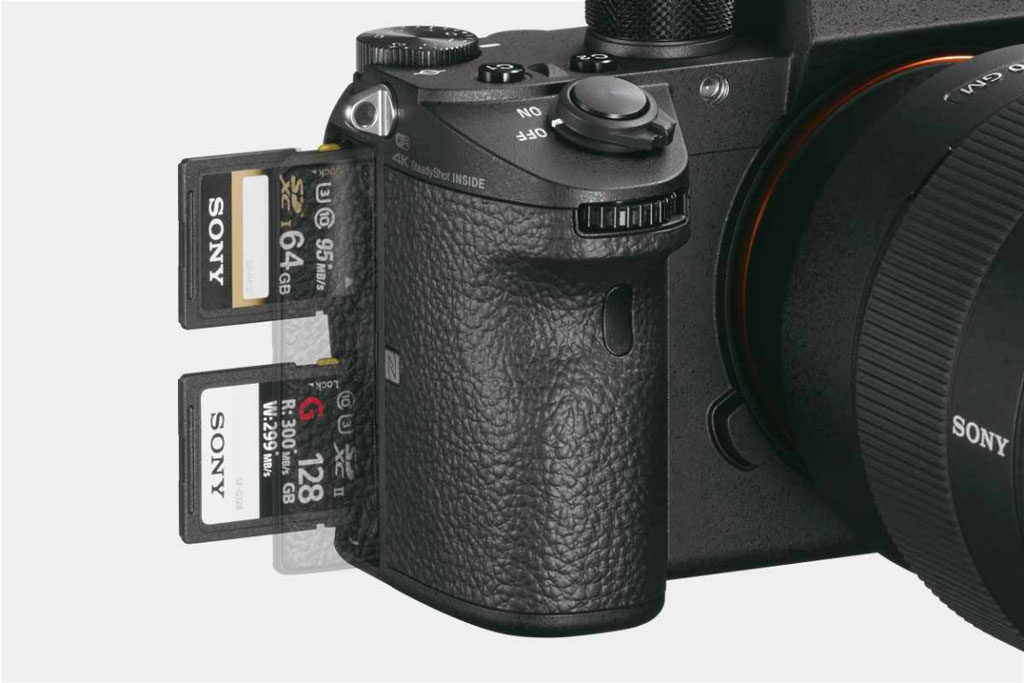
The A9 gets the new version of the menu system introduced by Sony on the A6500. There is also a new My Menu option that allows you to save your favourite settings for immediate access.
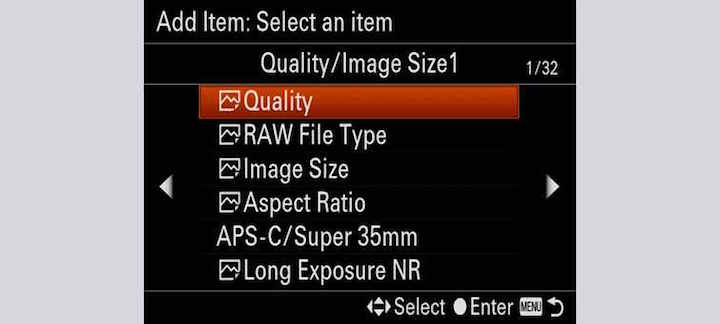
10. Battery
Finally, we can talk about the battery life. Along with the A9, Sony has introduced a larger battery – the new NP-FZ100 – that has double the capacity of the NP-FW50 used for Sony’s A7 and a6000 series up until now. The brand states 480 shots when using the viewfinder and 650 shots when using the LCD monitor. The A7r II can manage approximately 290 shots (viewfinder) or 340 shots (LCD) by comparison.
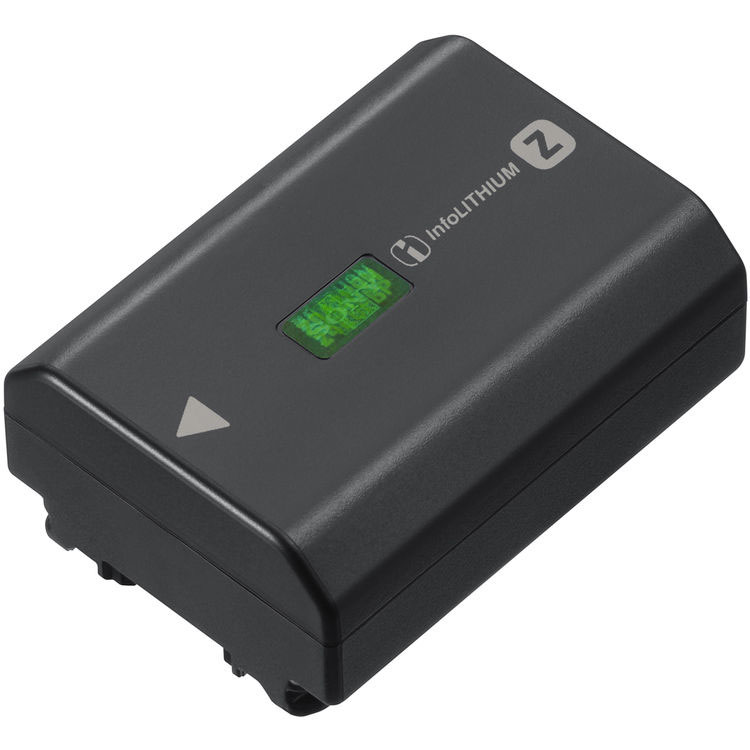
Continuous recording for video should also double (195 minutes with LCD vs. 95 min). Both cameras can be charged via USB and have an optional battery grip that can house two batteries. The A9 is also said to be 40% more efficient in terms of power consumption in comparison to the A7r II.
Note: looking at the official website, it appears that the A9 comes with one battery but no charger unlike the A7r II which is supplied with two batteries and one BC-VW1 AC charger. The official BC-QZ1 charger for the A9 must be purchased separately. Sony also released a more advanced battery charger – the NPA-MQZ1K Multi Battery Adaptor Kit – that allows you to charge four batteries at the same time or works as a power supply unit (the latter works with the A7r II as well). It features two USB ports meaning it can provide power to a camera and another electronic device.
Conclusion
The A9 is the new flagship mirrorless camera from Sony and as you might have guessed, it is also the most expensive. The retail price is said to be around $4500 while the A7r II can be found for $2900.
With the A9, Sony is targeting high-end users and professional photographers, especially those shooting sports. The camera certainly has some very interesting specifications in terms of its continuous shooting speeds and buffer capacity but it will be important to see just how effective the anti-distortion shutter is since all the best features work with the electronic shutter.
In addition to improving the body design without sacrificing the small size of the camera, Sony has included a dual SD card slot and more buttons and dials to provide a better user experience. The new EVF boasts more resolution and we finally have a touch screen on a high-end Sony camera.
The A7r mark II, on the other hand, remains a very interesting choice for many reasons. Its full-frame sensor is still the best on the market and offers a higher resolution which can be more interesting for landscapes or still life. It has 5-axis stabilisation and the improvements made to sensor shift on the A9 don’t seem to be huge, at least on paper. The camera also remains a more interesting choice for advanced video makers because, unlike the A9, it includes picture profiles and S-Log2 modes that for some (very strange) reason, Sony decided to exclude from the A9.
Check price of the Sony A9 on
Amazon | Amazon UK | B&H Photo | eBay
Check price of the Sony A7r II on
Amazon | Amazon UK | B&H Photo | eBay
Second-hand Sony cameras on
MPB US | MPB UK
Sony A9 comparison previews:
You may also be interested in:
- Electronic shutter evolution – Sony A9 and Olympus OM-D E-M1 II
- Sony A7r II vs A7s II
- Sony A7R II vs A7R III

